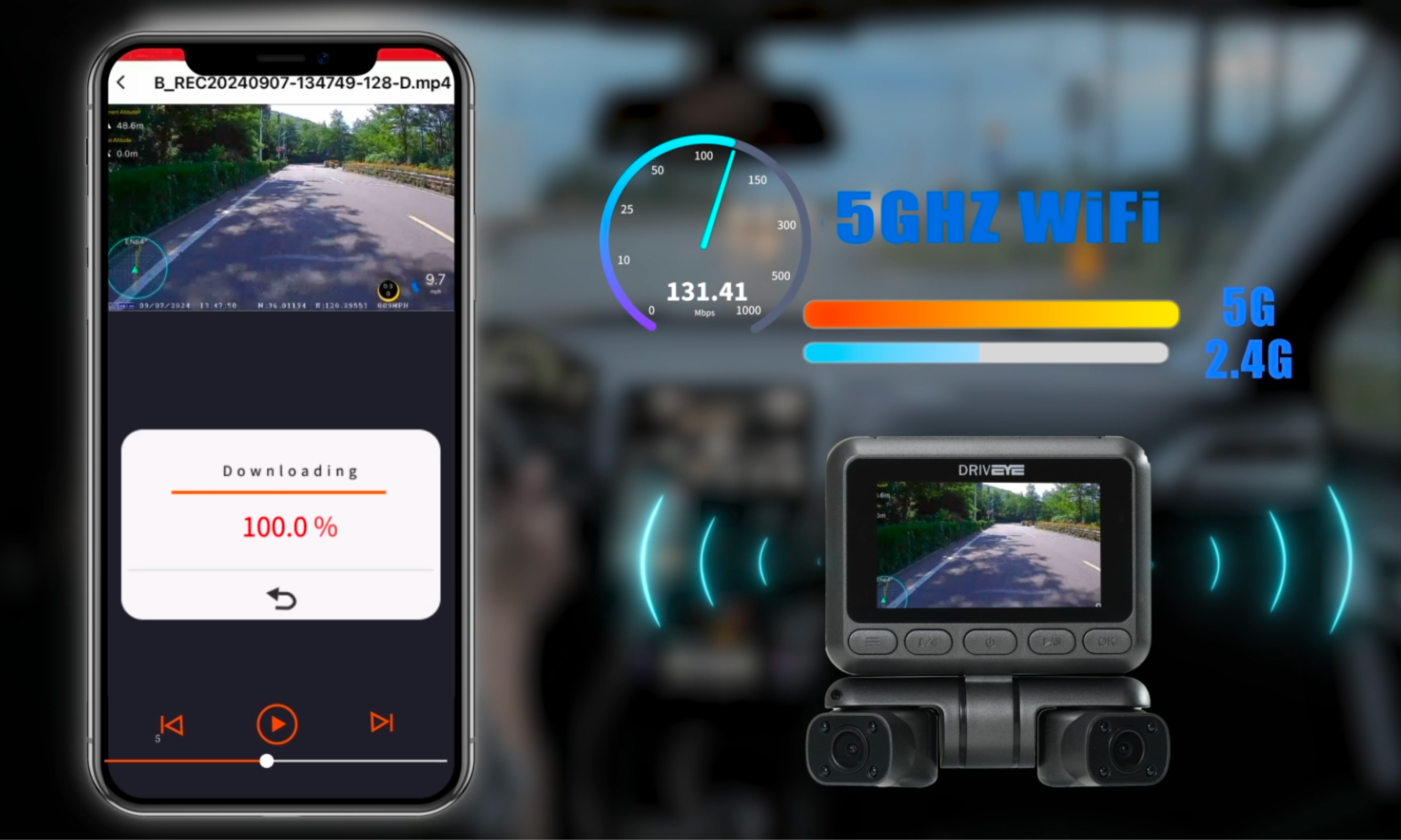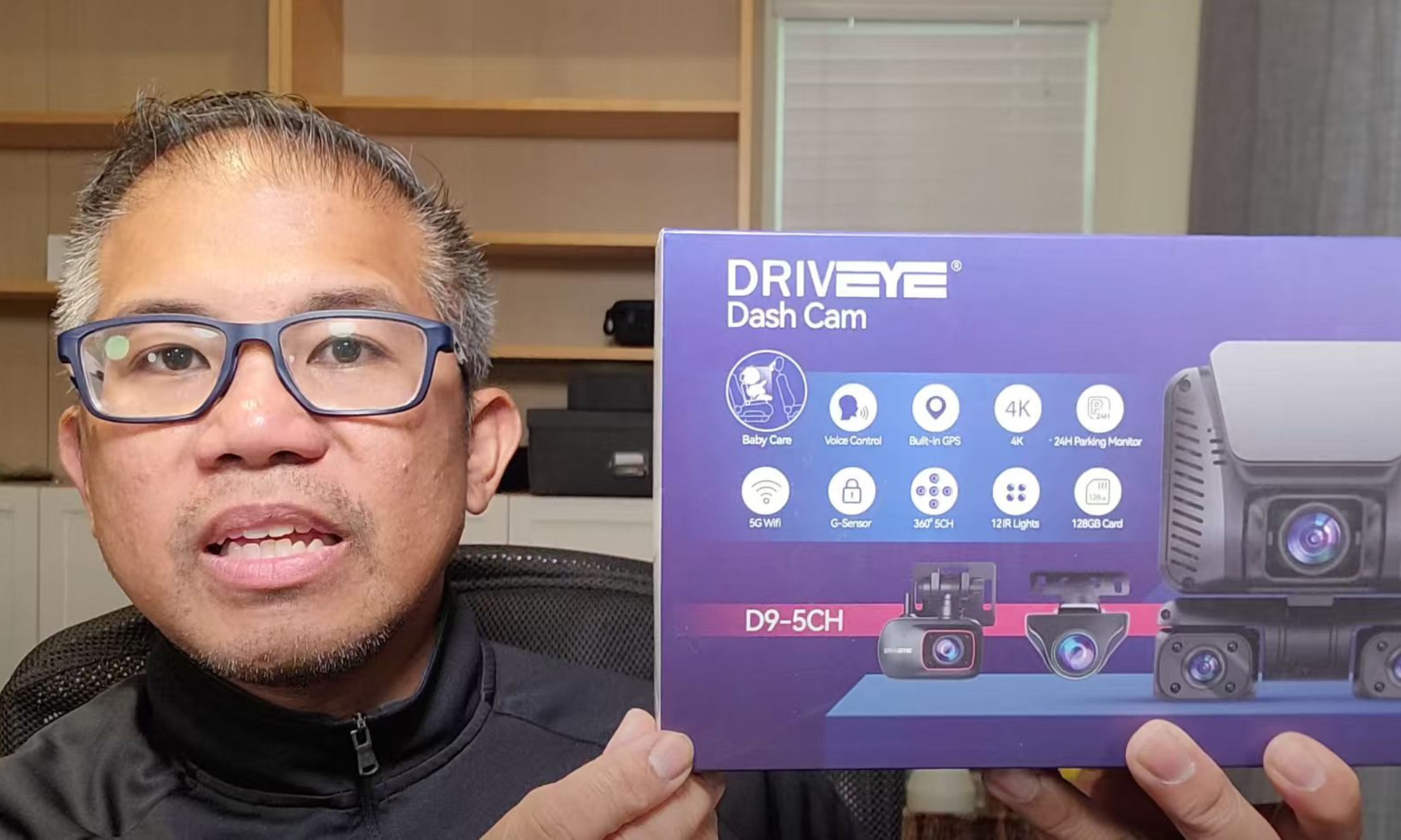Choosing the right dash cam isn’t just about picking the newest or most expensive model. It’s about understanding the specs that actually matter when something goes wrong on the road. Whether you’re recording a routine commute or an unexpected incident, three factors will determine how useful your footage really is: resolution, frame rate, and lens angle.
These aren’t just technical terms—they directly affect the clarity, accuracy, and coverage of your recordings. Here's what to know before you buy.
Let’s start with video resolution. The most common formats on the market today include 1080p (Full HD), 2K (1440p), and 4K (2160p). Higher resolution means sharper images and more detail—especially important for reading license plates, road signs, or small objects. While 1080p is still standard for many dash cams, upgrading to 2K or 4K provides an extra layer of clarity that makes all the difference in low-light conditions or fast-moving traffic.
Next is frame rate, measured in frames per second (fps). Most dash cams record at 30fps, which is enough for smooth video playback. However, some advanced models offer 60fps for even smoother motion, particularly useful in high-speed scenarios or when capturing fast lane changes. A higher frame rate gives you more visual data to work with during playback and can help identify important moments more clearly—especially in sudden incidents.
But resolution and frame rate aren’t the whole story. One of the most overlooked factors is lens angle—and it plays a big role in how much of your surroundings your dash cam actually sees. A wider field of view (FOV), such as 140° or 170°, captures more of the road and the vehicles around you. That extra coverage can mean the difference between seeing just your lane—or also the car that sideswiped you from the left.
Some people worry that ultra-wide lenses distort the image. While that can happen with low-end models, a well-calibrated dash cam like the DRIVEYE D9 balances wide coverage with image stability and sharpness, so you get both context and clarity without the fisheye effect.
When choosing a dash cam, it’s not about maxing out every spec—it’s about getting the right balance. A good 2K camera with a 30fps frame rate and a 150° lens may serve you better than a 4K camera with a narrow field of view or poor night vision. It depends on how and where you drive.
If you commute in heavy traffic or park in busy city areas, wide-angle recording is crucial. If you often drive at night or on highways, higher resolution and frame rate become more important. And if you want a full-picture view, multi-channel systems like the DRIVEYE D9, which combine high-resolution recording with multiple camera angles, offer comprehensive protection for every drive.
Smart dash cam selection comes down to one thing: will it capture what matters, clearly and completely, when it counts?
Know the numbers. Choose what protects you. Record with DRIVEYE.





Leave a comment
This site is protected by hCaptcha and the hCaptcha Privacy Policy and Terms of Service apply.